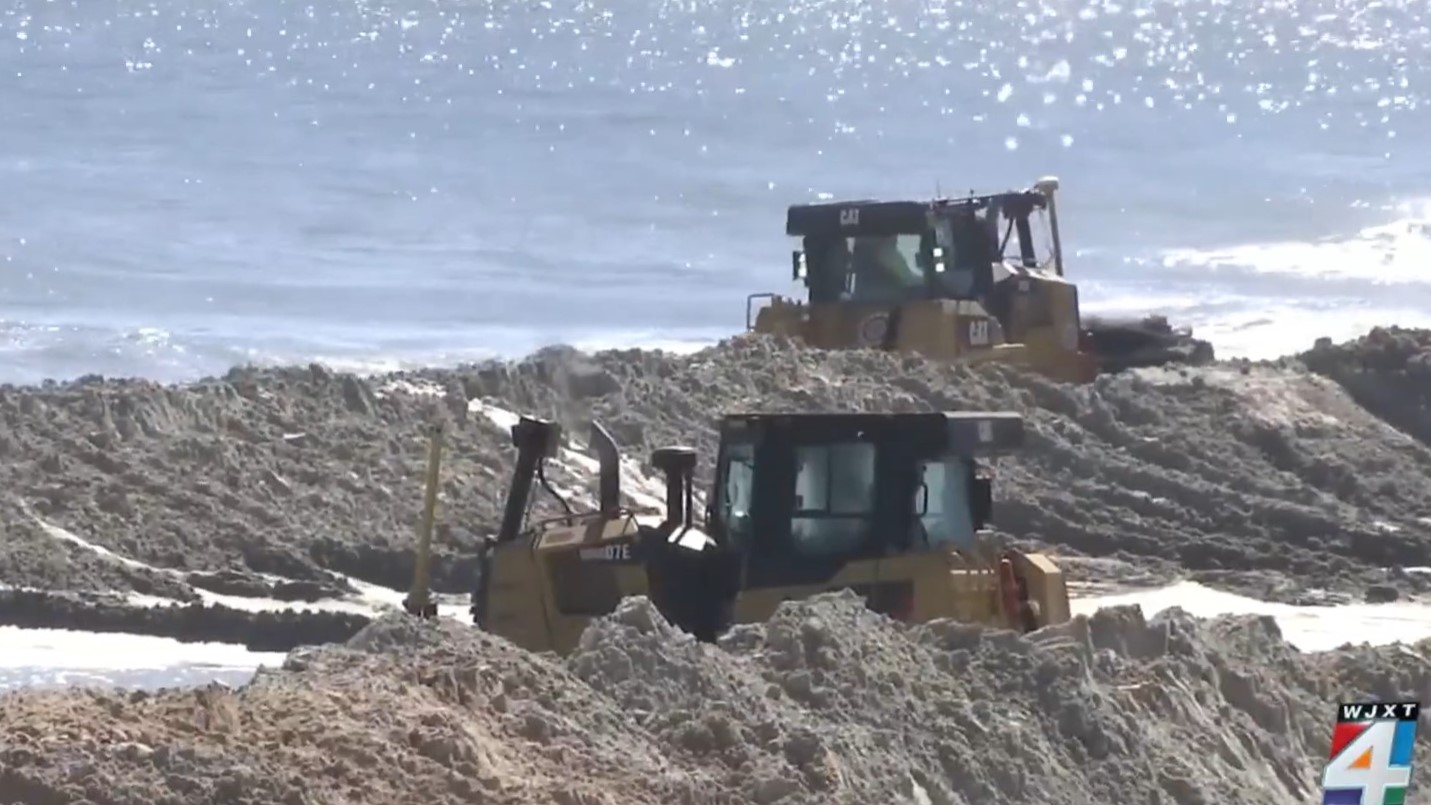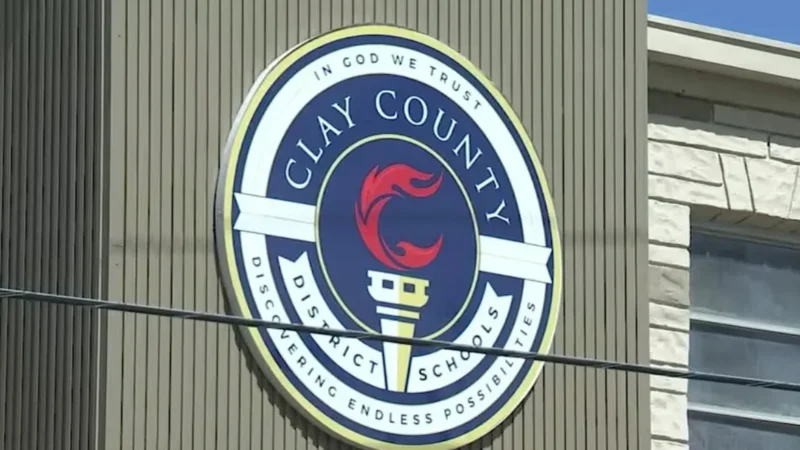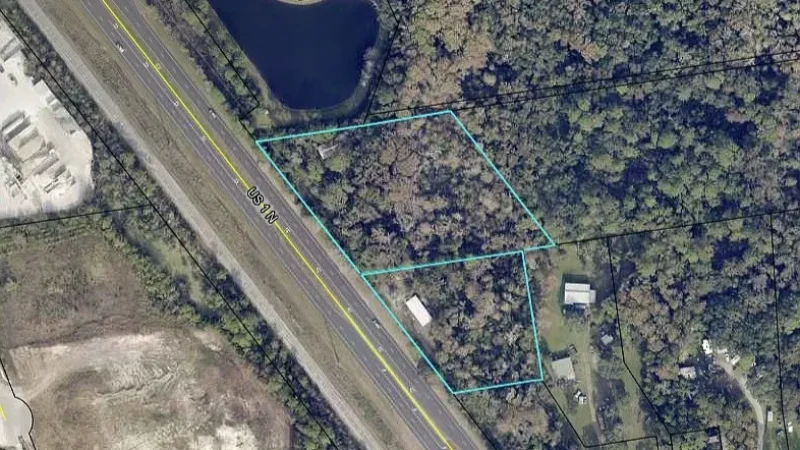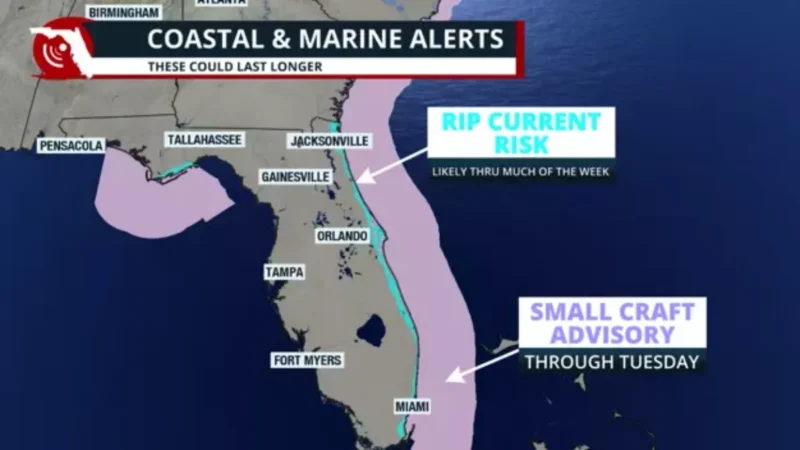The sand is flowing from the bottom of the ocean to the shoreline along a 3-mile stretch of Ponte Vedra Beach as the U.S. Army Corps of Engineers begins an emergency renourishment project.
The project will rebuild the beach and dune lines to replace what was lost in a nor’easter in late 2021, plus Tropical Storms Ian and Nicole in 2022. But sunbathers still have access to much of the shoreline as some parking is cordoned off.
The Corps’ Jacksonville District began depositing the first of an estimated 2.1 million cubic yards of sand on the Ponte Vedra beachfront over the weekend, all to buffer the community from any future erosion after bad weather undid its 2021 beach project, said Corp’s spokesman David Ruderman.
“It’s a shore protection project to add sand to a critically eroded segment of the St. Johns County shoreline and thereby protect the homeowners on the coast as well as all the infrastructure inland from the beach,” Ruderman said. “The major part of it is actually bringing the sand on the beach and recreating the template to which the beach project is designed. The final grace note of it will be the planting of sea oats or other beach vegetation to strengthen the dunes that are the bulwark of the protection.”
The federally funded $20.2 million project is being done in partnership with St. Johns County to protect or repair federally authorized dunes and beaches threatened or damaged by coastal storms. The project includes construction of dunes and beach berms. The sand will be dredged from the ocean bottom in federal waters about 7 miles offshore, then pumped ashore by pipeline for dispersal by bulldozers, Ruderman said.
The current work will repair damage caused to a Vilano Beach nourishment project in early 2021 on a 2.6-mile-long stretch of beachfront from the Ocean Villas complex at Serenata Beach to north of Nease Beach Front Park. About 1.3 million cubic yards of sand was dredged up from shoals within St. Augustine Inlet so the beach and dunes could be rebuilt to 2015 conditions.
Normally, the Corps would not do a renourishment project for four to six years. But that nor’easter and tropical storm damage had to be buffered again, Ruderman said.
“The Corps conducted assessments of all its federal beach projects around Florida in the wake of the storms, and St. Johns County, among others, qualified for what is called Flood Control & Coastal Emergencies work,” he said.

Sand placement will move from north to south along the length of the project. The contractor will close off 1,500-foot-long sections of beachfront with orange safety fencing as crews progress southward. As beach fill is completed, the safety fencing will be removed and those sections will be reopened for public use.
Crews began mobilizing for the renourishment project a few weeks ago, with tractors and other heavy equipment staging at the Surfside Park parking lot. Part of that lot has been fenced off for public safety until the beach renourishment is done next March.
Beachgoers should be aware that the contractor will use the Surfside Park staging area to store equipment and materials, making it an active work zone for the duration of the project. The contractor and Corps officials will also use a parking lot off Euclid Avenue to store workers’ vehicles during construction.
“The beach will be accessible to residents and visitors during construction,” Ruderman said. “But we do ask people to exercise caution in the vicinity of the pipeline in the constriction zones and also Surfside Park.”
Future renourishment work is planned along the 42-mile-long St. Johns County shoreline over the next few years, while the next project is set for the end of the year along the beach south of Mayport, Ruderman said.
This renourishment project will be done day and night, seven days a week to expedite operations during hurricane season, the Corps said. Updates on the renourishment project will be posted on the Corps’ Facebook page.







